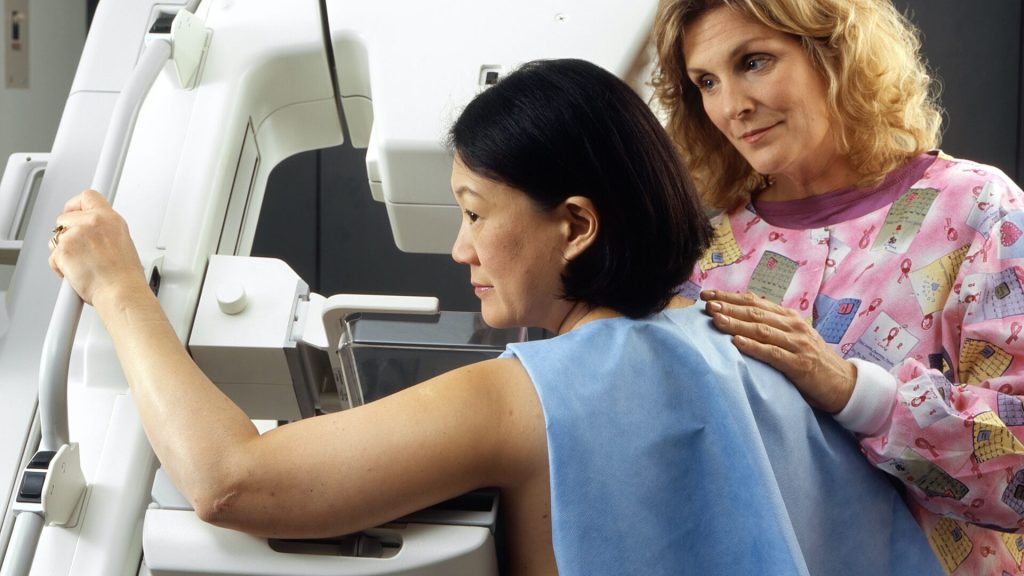Simple Back Pain Treatments up to 84% More Effective

Chronic back pain, a pervasive complaint in modern society, has many treatments including physiotherapy. A meta-analysis published in the Journal of Pain, has delivered new insights into the most effective therapies for back pain and revealed that individualised exercise treatments were quite effective, especially when combined with cognitive behavioural therapy.
The researchers analysed 58 randomised controlled trials (RCTs) of over 10 000 patients worldwide with chronic low back pain. First, the data relevant to the topic were filtered out of the original manuscripts and then evaluated in groups. When evaluating these data, the researchers examined on the one hand whether and to what extent standard forms of treatment and individualised treatment differ in terms of the result. “Individualised” means that there is some type of personal coaching, where therapists specifically target the potentials and requirements of each patient and decide together with them how their therapy should look.
The study concluded that individualised treatment for chronic back pain led to a significantly increased effect in comparison to standard exercise therapies. The success rate in pain relief was 38% higher than with standard treatment. “The higher effort required for individual treatment is worthwhile because patients benefit to an extent that is clinically important,” says lead author Dr Johannes Fleckenstein from the Institute of Sport Sciences at Goethe University Frankfurt.
The research team then compared a third group of treatment methods alongside the standard and individualised ones. In this group, individualised training sessions were combined with cognitive behavioural therapy (CBT). This procedure is based on the assumption that negative thoughts and behaviours surrounding pain tend to exacerbate it. Through CBT, pain patients learn to change the way they handle it. They stop being afraid to move or are taught tactics for coping with pain. This makes them realise that they are by no means helpless. But what does the psychotherapeutic support through CBT actually contribute to the success of the treatment? Analysis of the data revealed the following: when an individualised approach and CBT were combined, the success rate in terms of pain relief was an impressive 84% higher than with standard treatment. The combined therapy, also called multimodal therapy, thus led to the best result by far.
Dr Fleckenstein sees in the study “an urgent appeal to public health policy” to promote combined therapies both in terms of patient care and remuneration. “Compared to other countries, such as the USA, we are in a relatively good position in Germany. For example, we issue less prescriptions for strong narcotic drugs such as opiates. But the number of unnecessary X-rays, which, by the way, can also contribute to pain chronicity, and inaccurate surgical indications is still very high.” This is also due, Dr Fleckenstein said, to economic incentives for such interventions. The situation is different for organisations working in the area of pain therapy, he said. Although these are not unprofitable, they are not a cash cow for investors either. In his view, it is important here to improve the economic conditions. After all, pain therapy saves a lot of money in the long run as far as health economics are concerned, whereas tablets and operations rarely lead to medium and long-term pain relief.
Source: Goethe University Frankfurt










